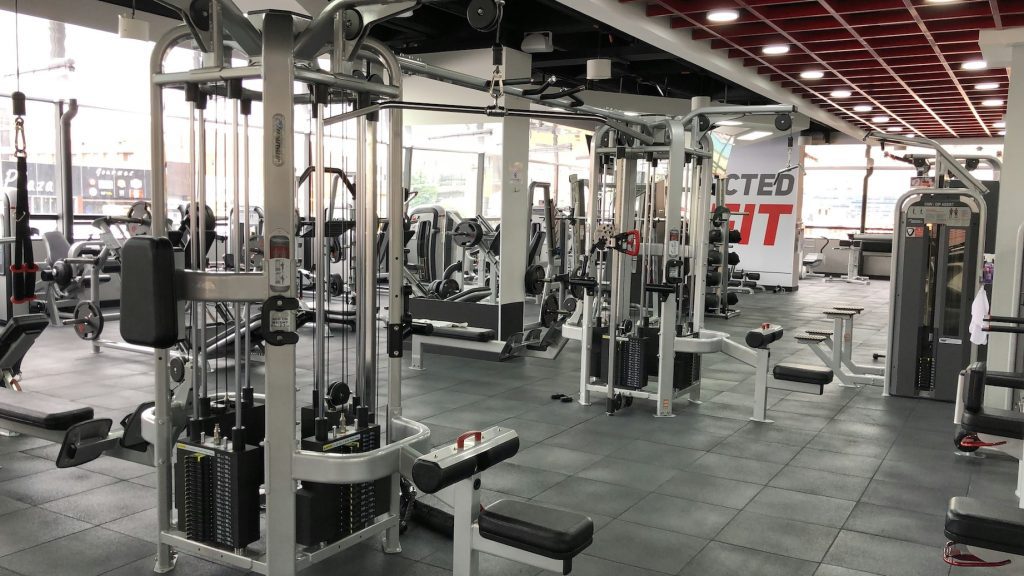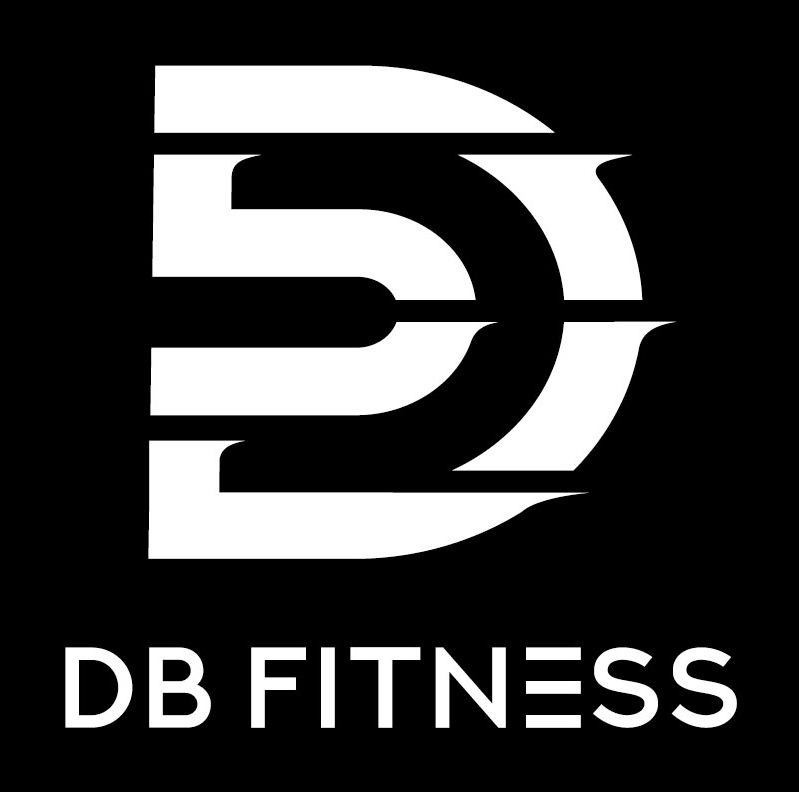Choosing a Smith machine for a New Zealand home gym must prioritise engineering reliability, predictable resistance, and long-term corrosion resistance. Buyers often compare frames or advertised load figures, but the defining factors are the pulley and cable systems—the engineering elements that determine safety under real load and daily use in NZ conditions.
From our experience installing thousands of home gym units across NZ, pulley and cable assemblies are the common failure point in cheaper imports from mass retailers and marketplace listings. This guide explains the engineering differences that matter and gives specific, testable checks to use before you buy.

Pulley and Cable Engineering — the Functional Core
A Smith machine’s functional performance depends on two components working as a system:
- Pulley — redirects force and defines cable travel geometry.
- Cable — transmits load to the weight stack or plates with minimal elongation.
Engineering rationale: predictable resistance requires correct alignment, low friction bearings, and controlled load distribution. Inadequate design creates friction spikes and uneven cable tension under load, which directly compromises safety.
Materials: prefer machined aluminium or thick steel pulleys with sealed bearings. Avoid stamped steel or thin composite pulley wheels without bearings—these deform and generate uneven wear immediately under tension.
NZ consideration: coastal humidity accelerates corrosion in low-grade components. Machines imported cheaply from TradeMe, Temu or discount chains commonly use vulnerable materials and thin coatings that fail sooner in NZ climates.
How Misalignment Causes Mechanical Failure
Misalignment alters the cable path so the cable does not track vertically through pulleys. Consequences:
- Localised friction increases (friction spikes under load).
- Cable abrasion and accelerated fatigue.
- Sudden sticking or jerking during critical lifts.
- Potential cable snap or pulley failure leading to dropped loads.
These are not hypothetical risks—they are real failure modes we routinely service on low-cost units.
Pulley Deformation and Bearing Quality
Failure mode in cheaper units: thin stamped pulleys bend; the wheel face moves off-axis. The cable then rubs the pulley lip, creating heat and wear.
Engineering solution: wheels machined to tolerance with sealed bearings maintain concentric rotation under load. Sealed bearings reduce ingress of moisture and grit—critical for NZ garages and coastal homes.
Specification to require: pulley OD material (aluminium or 10mm+ steel), sealed bearing rating, and documentation of bearing spec if available.
Cable Construction and Termination
High-quality cable: multi-strand steel with anti-corrosion coating and swaged end fittings. Poor cable assemblies use thin wire rope or crimped fittings that loosen.
Safety consequence: under dynamic load, low-spec terminations can unwrap or slip—resulting in immediate loss of resistance and bar instability.

Smith Machine with Dual Pulley System
Practical Tests to Evaluate Cable & Pulley Systems
Before you buy or accept delivery, perform these engineering checks—either in-store at our Auckland showroom or via a remote demo video if you are outside Auckland.
- Full-range pull test
- Pull the cable from top to bottom under light load.
- Expect centred travel; no lateral drift; no scraping noises.
- Pull the cable from top to bottom under light load.
- Off-axis pull test
- Pull at a 15–30° angle.
- A robust system maintains travel alignment; a weak system will bind or jump.
- Pull at a 15–30° angle.
- Static tension hold
- Apply steady tension for 10–15 seconds.
- Watch for micro-jerks or gradual drift—both indicate friction or slippage points.
- Apply steady tension for 10–15 seconds.
- Audible and tactile inspection
- Listen for grinding or lip-scrape sounds.
- Feel for smooth cable travel; any stutter is a red flag.
- Listen for grinding or lip-scrape sounds.
- Visual corrosion and wear check (NZ-specific)
- Inspect pulleys, cable sleeves and frame joints for coating integrity.
- Thin paint or exposed steel predicts faster corrosion in NZ humidity.
- Inspect pulleys, cable sleeves and frame joints for coating integrity.
If any test shows friction spikes, lateral drift, or audible scraping, the unit is engineered below professional standard.
Design Details That Define a Reliable Smith Machine
When comparing models, confirm these engineering features:
- Pulley material & bearings: machined aluminium or thick steel + sealed bearings.
- Cable spec: multi-strand, anti-corrosion finish, swaged ends.
- Frame geometry: vertical rail alignment tolerance and wide base for stable load distribution.
- Protective finishes: powder coat with chromate conversion primer for NZ coastal resistance.
- Attachment interface: precision-machined anchor points for low-fatigue bolt loading.
These specifications translate into predictable resistance, reduced maintenance, and long service life—key for safe solo lifting in compact NZ homes.
NZ Buyer Concerns and Practical Considerations
New Zealand buyers commonly ask about space, installation, corrosion, and post-sale support. Address them as follows:
- Limited space: choose compact footprints with verified base stability.
- Humidity and corrosion: insist on sealed bearings and robust powder coatings.
- Sourcing vs marketplaces: low-cost listings from trade platforms can under-spec critical components.
- Freight & installation: DB Fitness offers NZ freight solutions, professional installation, and on-site alignment checks to ensure performance after delivery. We provide demonstration videos for customers outside Auckland prior to purchase.
From our experience installing thousands of units across NZ, professional installation reduces field failures and ensures load paths remain true after assembly.
Final Assessment — Invest in Engineering, Not Appearance
A Smith machine is a long-term investment in training safety and consistency. Prioritise units engineered for:
- load stability,
- predictable resistance,
- corrosion mitigation, and
- serviceability.
At DB Fitness we stock Smith machines meeting these engineering standards. Visit our Auckland showroom for hands-on evaluation, request a live demonstration if you are elsewhere in NZ. Buying engineered equipment reduces maintenance, enhances safety for solo lifters, and delivers measurable long-term value.
FAQs About Smith Machines for Home Gyms
Q1: What makes a Smith machine different from a squat rack?
A Smith machine features a fixed barbell guided by vertical rails, allowing smoother and safer lifts—especially for solo workouts. A squat rack, on the other hand, offers more freedom of movement but requires greater control and balance from the user.
Q2: Is a Smith machine safe for beginners?
Yes. The guided movement of a Smith machine helps maintain proper form and reduces the risk of injury. It’s ideal for those building confidence in strength training or training without a spotter.
Q3: How much weight can a good Smith machine handle?
High-quality, heavy-duty Smith machines can typically support between 300–450kg. The exact limit depends on the steel grade, frame design, and pulley system. Always check the manufacturer’s load rating before purchase.
Q4: Can a Smith machine replace free weights?
Not entirely. While a Smith machine is excellent for controlled lifts, free weights develop stabilising muscles and balance. A combination of both offers the most complete strength training routine.
Q5: What should I look for when buying a Smith machine?
Key factors include:
- Smooth, well-aligned pulley and cable systems
- Thick, stable steel frame for long-term use
- Quality bearings and protective coating
- Compatibility with attachments (e.g. pulldown, row station)
Q6: Is it worth investing in a Smith machine for a home gym?
Absolutely. A Smith machine is a long-term investment in safe, efficient, and consistent training. It offers multi-exercise functionality within a compact footprint—ideal for New Zealand homes with limited space.
